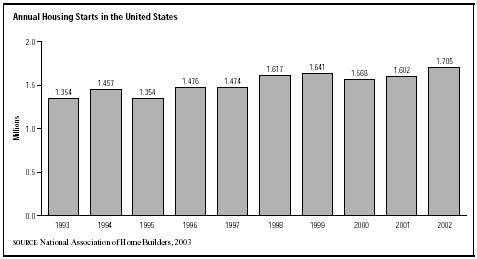SIC 1794
EXCAVATION WORK
This category covers special trade contractors primarily engaged in excavation work and digging foundations, including digging and loading. Contractors in this industry may also perform incidental concrete work. Contractors primarily engaged in concrete work are classified in SIC 1771: Concrete Work. Those primarily engaged in trenching or in earth moving and land clearing not related to building construction are classified in the major group for heavy construction other than building construction, contractors.
NAICS Code(s)
235930 (Excavation Contractors)
The U.S. excavation work industry includes more than 18,000 establishments employing more than 116,000 workers according to the latest figures published by the U.S. Department of Commerce. Larger establishments (defined as those with 20 or more employees), account for less than 10 percent of the total number of establishments while taking in roughly 25 percent of all business done by this industry.
The two dominant costs of doing business in the excavation work industry are materials components and supplies, as well as payroll. Other costs include electricity; rental cost for machinery, equipment, and buildings; and cost of repairs to machinery and equipment.
The status of the U.S. excavation industry generally mirrors the country's economic climate, in particular the demand for construction of detached single-family homes. Typically single-family homes accounted for more than one-third of the value of all excavation work in the United States, while other commercial buildings represent less than one-fifth and educational buildings less than one-tenth.
The U.S. excavation work industry benefited from the sustained demand for single-and multi-family housing in the early 2000s. The recession of the early 1990s dropped housing starts to just 1.01 million in 1991, but the economic recovery that began in 1992 helped housing starts rise each year to a peak of 1.46 million in 1994. While starts dropped back to 1.35 million in 1995, they rose again to 1.45 million in 1996. In 1998 housing starts matched the 1996 number of 1.45 million, down slightly from the previous year. By 2002, however, housing starts had reached 1.70 million, 1.36 million of which were single-family, and 346,900 of which were multifamily. The National Association of Home Builders expects continued growth through at least 2005.
Because residential construction trends were up throughout the United States in the early 2000s, excavation work in these areas was booming despite a sluggish economy. Not surprisingly, most growth occurred in southern and southwestern states, which have experienced the strongest population growth in the United States during the 1990s and early 2000s. Among the top 50 markets, many of which experienced annual growth of 20 percent or better, were Dallas, Texas; Houston, Texas; Phoenix, Arizona; Atlanta, Georgia; and Las Vegas, Nevada. Florida leads the way in growth, attracting aging baby boomers who are looking for retirement homes or communities in warmer climates.
Small, independent operators remain the backbone of the excavation work industry. They generally work as subcontractors to home building companies, commercial construction firms, and others. Still, several large companies hold dominant market positions in this industry, though they tend to be regional and not national in scope. In 2003 the top companies in the excavation work industry included Freesen Inc., Springfield, Illinois ($130 million);

Glasgow Inc., Glenside, Pennsylvania ($100 million); George J. Igel and Company, Inc. Columbus, Ohio ($50 million); and Beaver Excavating Company, Dresden, Ohio ($40 million).
Further Reading
National Association of Home Builders. Annual Housing Starts (1978-2002). Available from http://www.nahb.com .
National Association of Home Builders. Facts & Figures. Available from http://www.nahb.com .
U.S. Department of Commerce. 1997 Economic Census: Construction Industry Series. Washington, D.C.: U.S. Department of Commerce, 2000.
Comment about this article, ask questions, or add new information about this topic: